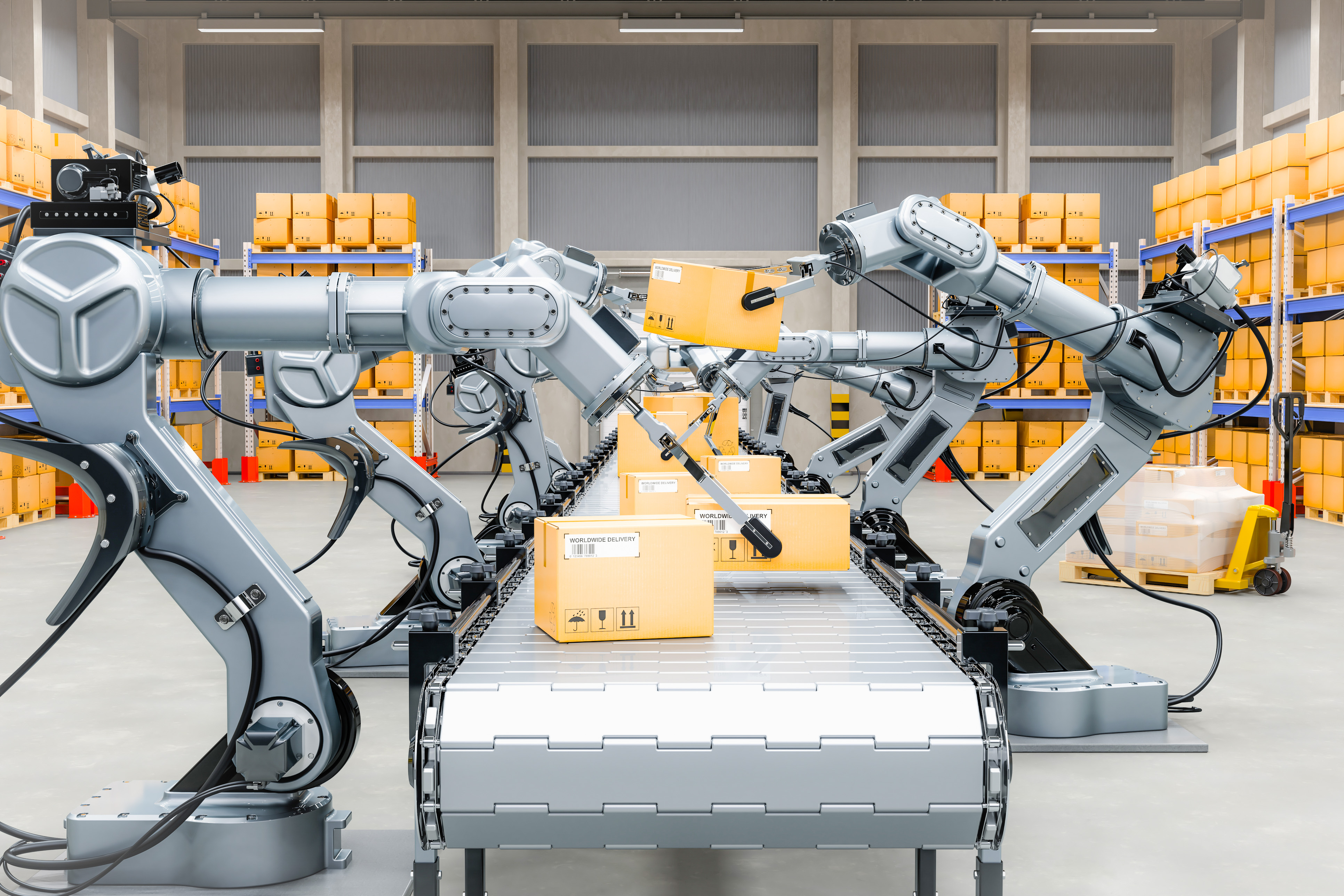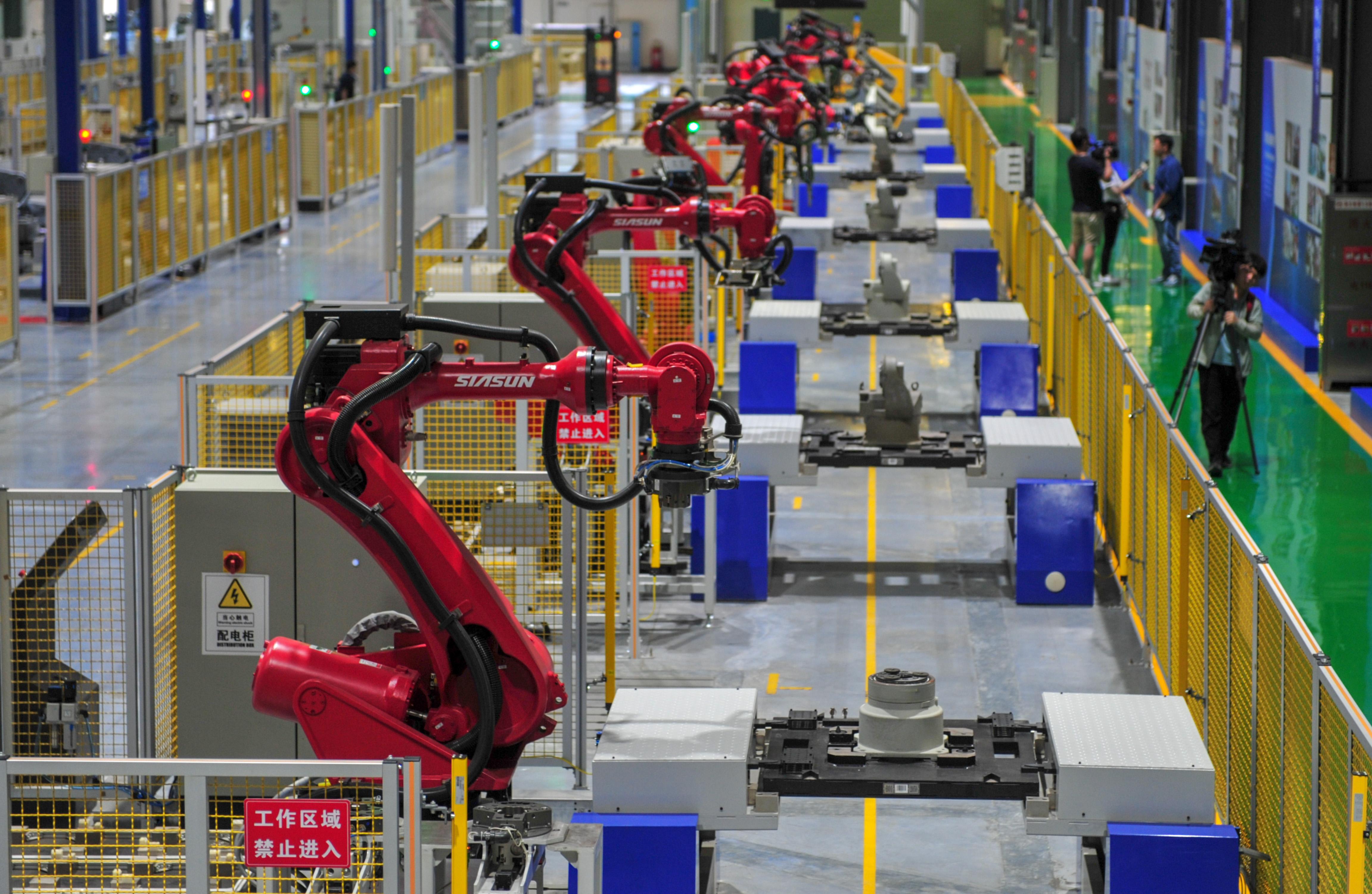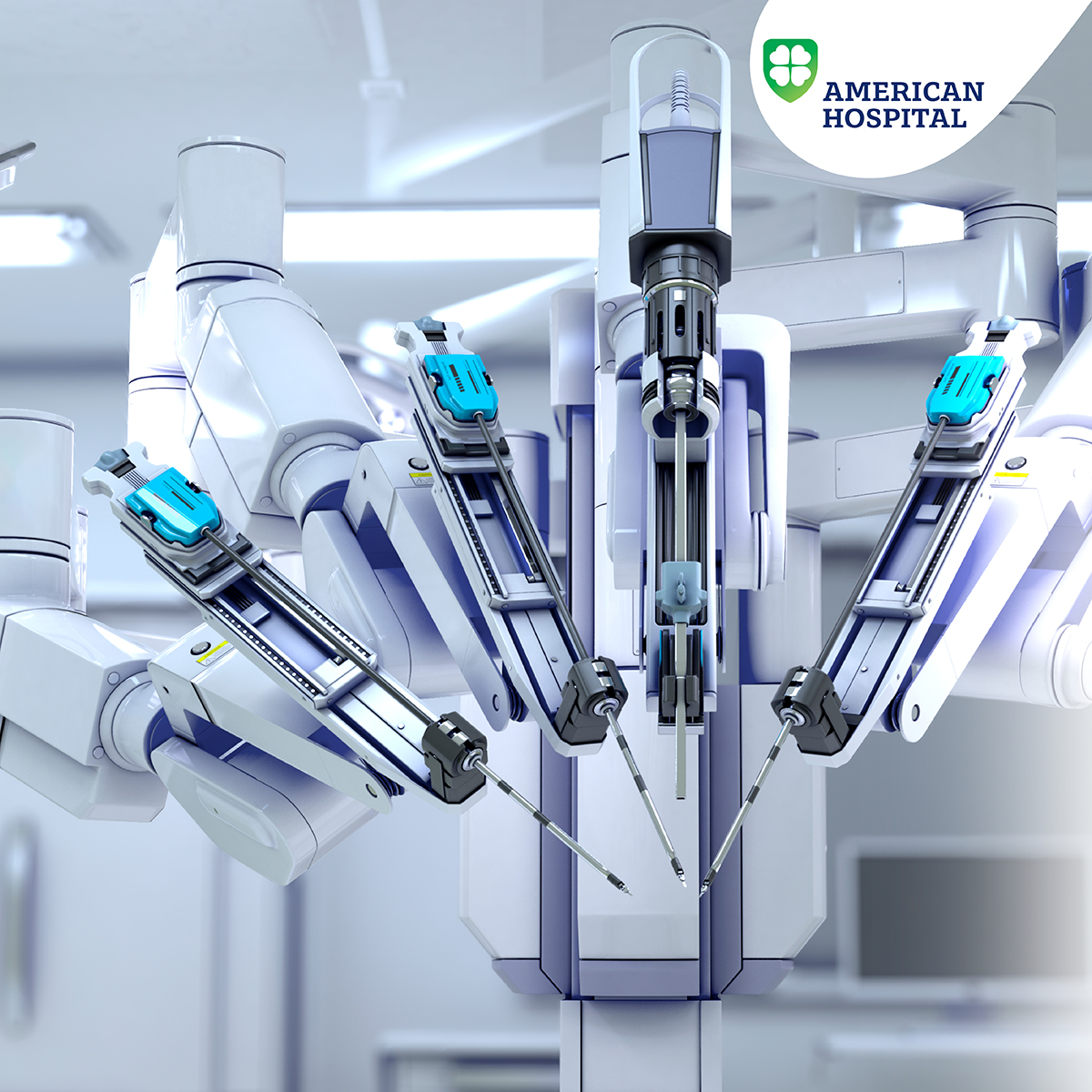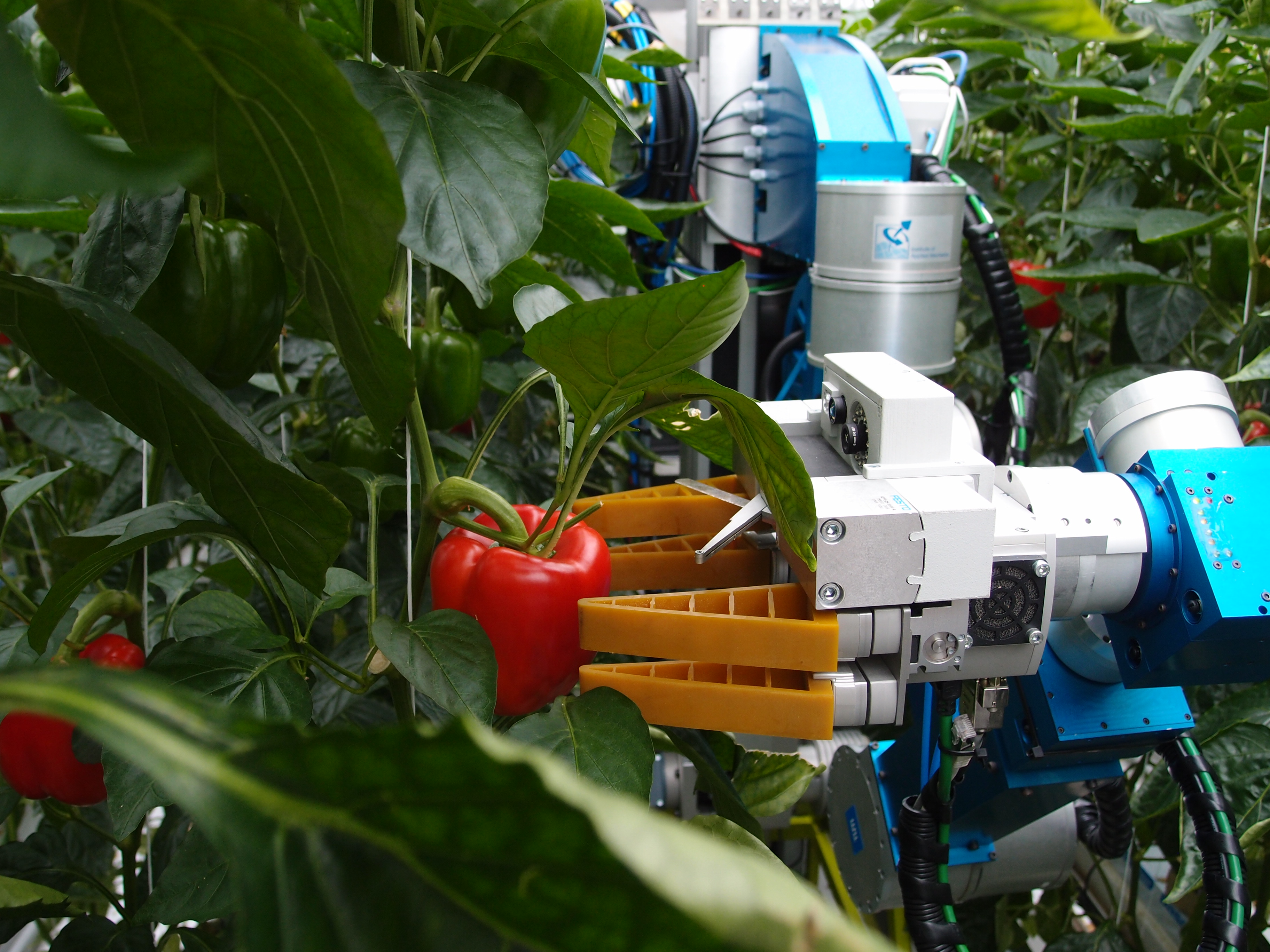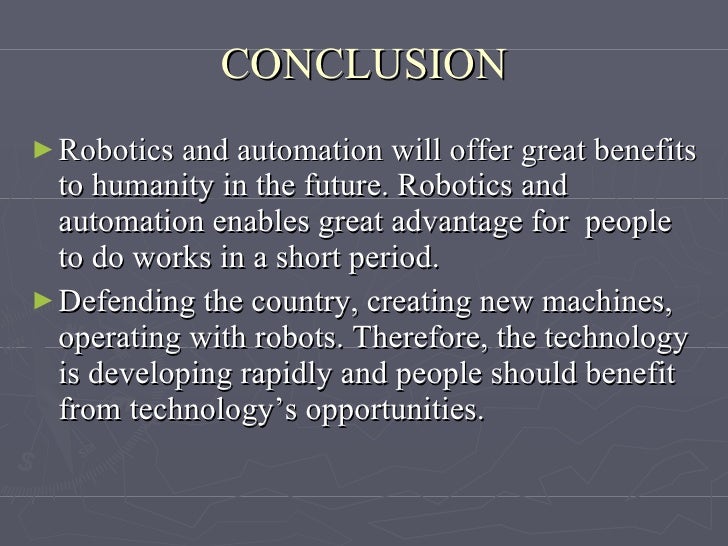Automation And Robotics Presentation
| Introduction to Automation and Robotics | ||
|---|---|---|
| Automation refers to the use of technology and machines to perform tasks without human intervention. Robotics is a branch of technology that deals with the design, construction, and operation of robots. The combination of automation and robotics has revolutionized various industries and sectors. | ||
| 1 | ||
| Benefits of Automation and Robotics | ||
|---|---|---|
| Increased productivity: Automation and robotics can perform tasks faster and more accurately than humans, leading to higher output and efficiency. Improved safety: Robots can be used in hazardous environments, reducing the risk of human injury or exposure to dangerous conditions. Cost savings: Automation and robotics can lower labor costs and reduce waste, leading to overall cost savings for businesses. | ||
| 2 | ||
| Applications in Manufacturing | ||
|---|---|---|
| Assembly line automation: Robots can perform repetitive assembly tasks with precision and speed, leading to increased production rates. Quality control: Automated systems can inspect and detect defects in products, ensuring consistent quality. Material handling: Robots can handle heavy loads and transport materials within a manufacturing facility, improving logistics. | ||
| 3 | ||
| Applications in Healthcare | ||
|---|---|---|
| Surgical robotics: Robotic-assisted surgeries offer greater precision, smaller incisions, and faster recovery times for patients. Rehabilitation robotics: Robots can assist in the rehabilitation process by providing therapy and support to patients with mobility issues. Telemedicine: Automation enables remote monitoring and diagnosis, allowing healthcare professionals to provide care to patients from a distance. | ||
| 4 | ||
| Applications in Agriculture | ||
|---|---|---|
| Harvesting and planting: Robots can autonomously harvest crops or plant seeds, reducing labor requirements and improving efficiency. Crop monitoring: Drones equipped with sensors and cameras can provide real-time data on crop health, enabling targeted interventions. Precision agriculture: Automation and robotics can optimize the use of resources such as water and fertilizer, leading to sustainable farming practices. | ||
| 5 | ||
| Challenges and Considerations | ||
|---|---|---|
| Job displacement: Automation and robotics may lead to job losses in certain sectors, requiring retraining and reskilling of the workforce. Ethical concerns: The use of robots raises questions about ethical considerations, such as the impact on human interaction and privacy. Initial investment: Implementing automation and robotics systems can require significant upfront investment and ongoing maintenance costs. | ||
| 6 | ||
| Future Trends | ||
|---|---|---|
| Collaborative robots: The development of robots that can work alongside humans, enhancing productivity and safety. Artificial intelligence integration: Automation and robotics are increasingly incorporating AI technologies for improved decision-making and adaptability. Service robotics: The use of robots in various service industries, such as hospitality, healthcare, and retail, to enhance customer experiences. | ||
| 7 | ||
| Conclusion | ||
|---|---|---|
| Automation and robotics offer numerous benefits, including increased productivity, improved safety, and cost savings. Applications span across industries, from manufacturing and healthcare to agriculture and beyond. While challenges and considerations exist, the future of automation and robotics holds exciting possibilities for innovation and progress. | ||
| 8 | ||
| References (download PPTX file for details) | ||
|---|---|---|
| Include a list of references used in the pres... Your second bullet... Your third bullet... |  | |
| 9 | ||
| Questions? | ||
|---|---|---|
| Open the floor for any questions or discussions. Your second bullet Your third bullet | ||
| 10 | ||
